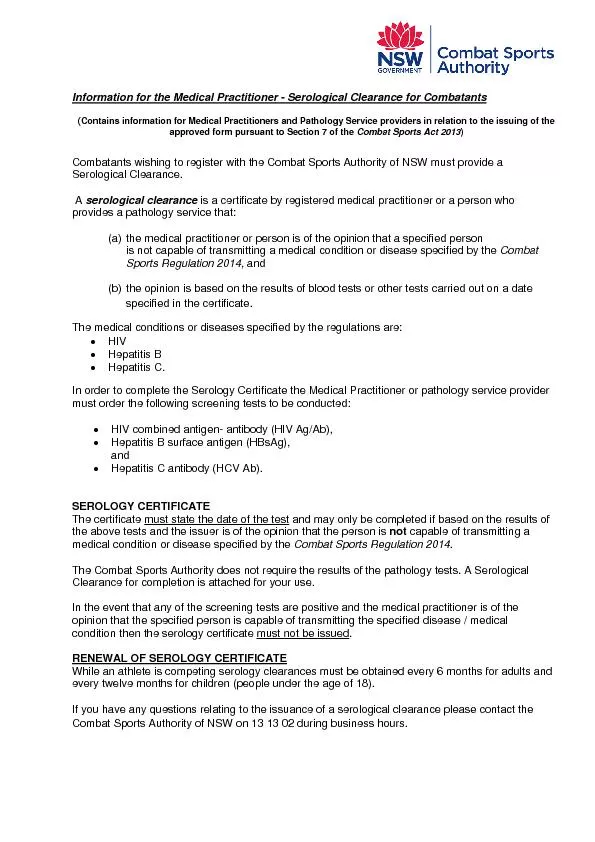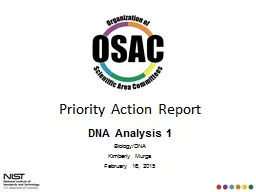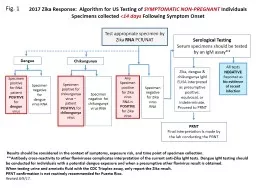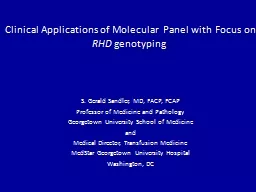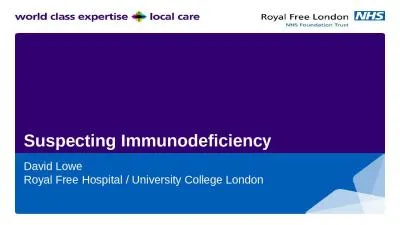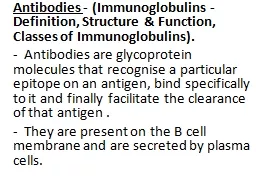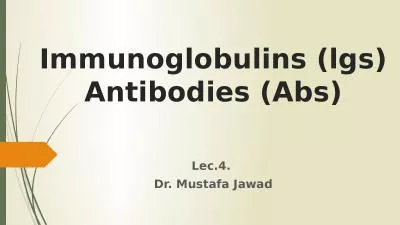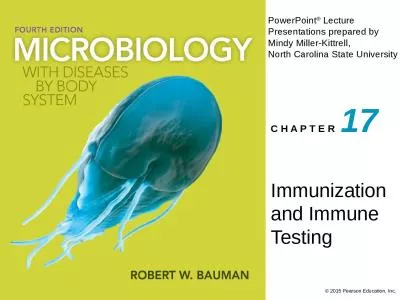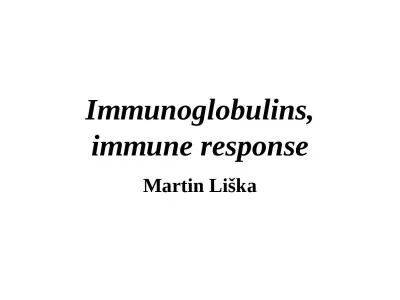PPT-Serological test Immunoglobulins
Author : cadie | Published Date : 2024-03-13
also known as antibodies are glycoprotein molecules produced by plasma cells white blood cells They act as a critical part of the immune response by specifically
Presentation Embed Code
Download Presentation
Download Presentation The PPT/PDF document "Serological test Immunoglobulins" is the property of its rightful owner. Permission is granted to download and print the materials on this website for personal, non-commercial use only, and to display it on your personal computer provided you do not modify the materials and that you retain all copyright notices contained in the materials. By downloading content from our website, you accept the terms of this agreement.
Serological test Immunoglobulins: Transcript
Download Rules Of Document
"Serological test Immunoglobulins"The content belongs to its owner. You may download and print it for personal use, without modification, and keep all copyright notices. By downloading, you agree to these terms.
Related Documents


